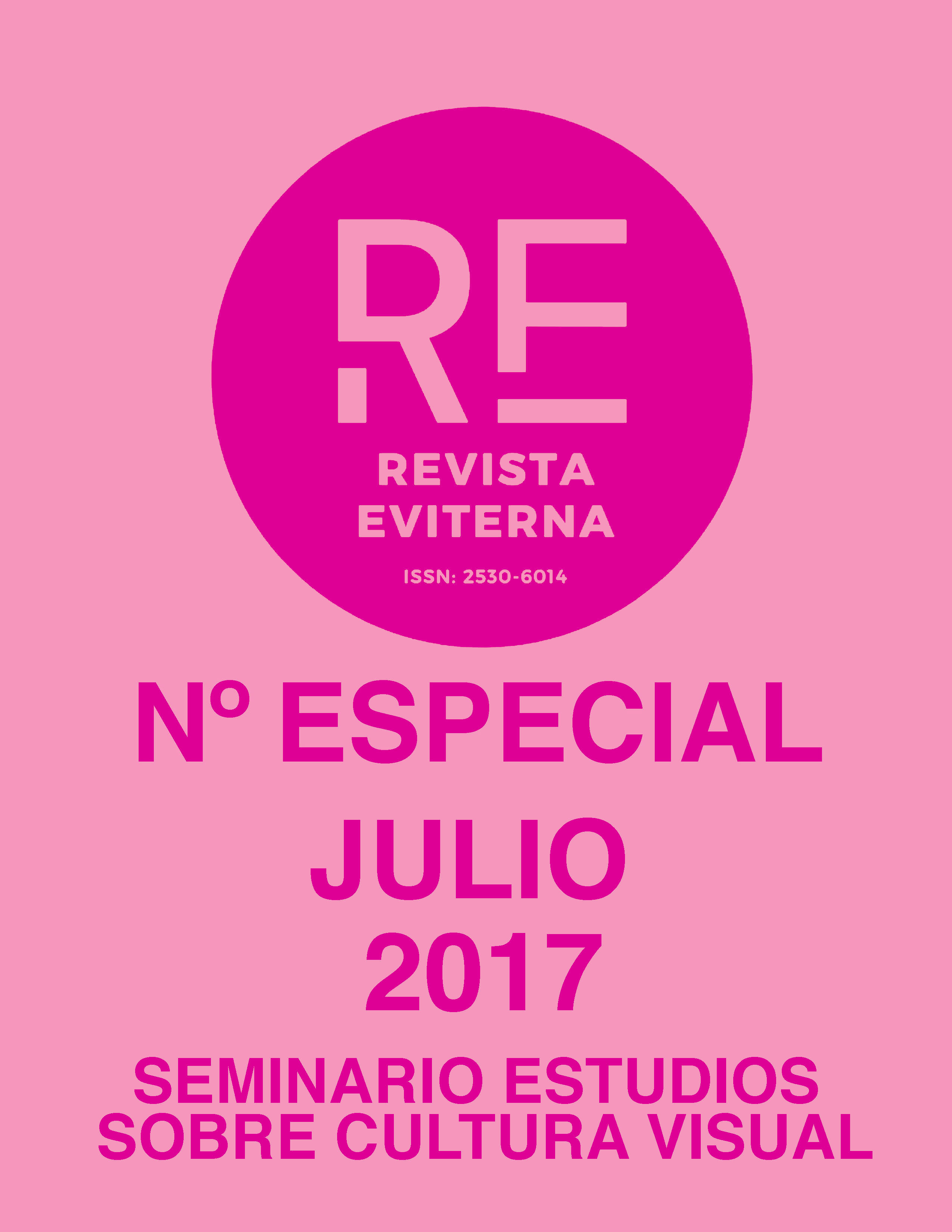Proposals for the creation of Augmented Reality in the field of art history: case studies in the historical-artistic environment of Malaga
DOI:
https://doi.org/10.24310/Eviternare.v1i1.9989Keywords:
Augmented Reality, Malaga, Museum Jorge Rando, QR code, new technologiesAbstract
Along this route is intended to demonstrate the importance that new technologies are having on all fields that expands all over the world of art (museums, heritage, classrooms, etc.), as well as the new paradigms are emerging in new forms of doing it. Among them, augmented reality is emerging as a new tool through which you are experiencing new forms within the artistic field. In this way, we will focus on the city of Malaga in order to develop different practical proposals that address these new paradigms that are happening in our immediate environment.
Downloads
Metrics
Publication Facts
Reviewer profiles N/A
Author statements
Indexed in
-
—
- Academic society
- N/A
- Publisher
- Universidad de Málaga
References
emergentes en educación con TIC. Espiral: Barcelona, pp. 13-32.
BELLIDO GANT, María Luisa (2008), ‘’Los fundamentos del Medio Digital’’, Difusión del Patrimonio Cultural y Nuevas Tecnologías. Universidad Internacional de Andalucía (UIA):
Córdoba, pp. 36-53.
BELLIDO GANT, María Luisa y RUIZ TORRES, David. “Museos de nueva generación: la pantalla como acceso’’. Recuperado de: http://www.ugr.es/~mbellido/PDF/012.pdf
(fecha de consulta: 10-07-2016).
BONNIN, Juan y CABEZAS, Sergio G. La Realidad Aumentada y las Pizarras Digitales Interactivas. Recuperado de: https://www.uam.es/gruposinv/dim/assets/bonin2013.pdf
(fecha de consulta: 13-07-2016).
BREA, José Luis (2002/2009). La era postmedia. Acción comunicativa, prácticas (post) artísticas y dispositivos neomediales. Centro de Arte de Salamanca (CASA): Salamanca. CÁCERES-PÉFAUR, Beatriz, “Cultura visual y educación. Nuevos desafíos / nuevos paradigmas’’. Anuario del Doctorado en Educación: Pensar la Educación, no 4, 2010, pp. 75-99. CASTILLO RUIZ, José (2008), ‘‘Patrimonio histórico y nuevas tecnologías. El Observatorio del Patrimonio Histórico (OPHE)’’, en BELLIDO GANT, María Luisa (dir.), Difusión del Patrimonio Cultural y Nuevas Tecnologías. Universidad Internacional de Andalucía (UIA): Córdoba, pp.12-35.
CÓZAR GUTIÉRREZ, Ramón (2015), ‘‘Tecnologías emergentes para la enseñanza de las Ciencias Sociales. Una experiencia con el uso de Realidad Aumentada en la formación inicial de maestros’’, en Digital Education Review, no 27, junio, pp. 138-153.
FOMBONA CADAVIECO, Javier y VÁZQUEZ-CANO, Esteban (en prensa), “Posibilidades de utilización de la Geolocalización y Realidad Aumentada en el ámbito educativo’’. Educación XX1.
FORÉS MIRAVALLES, Anna (2012), ‘‘E-mociones. Sin emoción no hay educación’’, en HERNÁNDEZ ORTEGA et al (coord.), Tendencias emergentes en educación con TIC. Espiral: Barcelona, pp. 51-66.
HURTADO MENDIETA, Enrique (2013), ‘‘Arte y Máquinas’’, Arte y Políticas de identidad, vol. 9., diciembre, pp. 103-112. 47
GALLEGO DELGADO, Roberto, SAURA PARRA, Nerea y NÚÑEZ TRUJILLO, Pedro Miguel (2012), “AR-Learning: libro interactivo basado en realidad aumentada con aplicación a la enseñanza’’. Recuperado de: file:///C:/Users/Usuario/Downloads/Dialnet- ARLearningLibroInteractivoBasadoEnRealidadAumentad-5385923%20(1).pdf (fecha de consulta: 13-07-2016).
GONZÁLEZ, Marisa, ‘’Arte y Tecnología’’. Recuperado de: http://www.uv.es/fores/contrastes/seis/gonzalez_marisa.html (fecha de consulta: 10-07-2016).
GUBERN, Roman (1996). Del bisonte a la realidad virtual. La escena y el laberinto, Anagrama: Barcelona.
MORENO VERA, Juan Ramón, y LÓPEZ VERA, Igor, “Proyecto de investigación educativa: la Historia del arte a través de códigos QR’’. Recuperado de: http://web.ua.es/es/ice/jornadas- redes/documentos/2013-comunicaciones-orales/332910.pdf (fecha de consulta: 03-07-2016). MUNÁRRIZ ORTIZ, Jaime (2013). ‘‘Arte geo-localizado’’, en Arte y Sociedad (ARSI), vol. 4, abril, pp.1-18.
Downloads
Published
How to Cite
Issue
Section
License
All the contents published in Revista Eviterna are subject to the Creative Commons Reconocimento-NoComercia-Compartirigual 4.0 license, the full text of which can be found at <http://creativecommons.org/licenses/by-nc-sa/4.0>
They may be copied, used, disseminated, transmitted and publicly exposed, provided that:
The authorship and original source of your publication (Journal, editorial and URL of the work) are cited.
They are not used for commercial purposes.
The existence and specifications of this use license are mentioned.

Copyright is of two kinds: moral rights and patrimonial rights. Moral rights are perpetual, inalienable, inalienable, inalienable, inalienable and imprescriptible prerogatives.
In accordance with copyright legislation, Revista Eviterna recognizes and respects the moral rights of the authors, as well as the ownership of the economic right, which will be transferred to the University of Malaga for dissemination in open access.
The economic rights refer to the benefits obtained by the use or disclosure of the works. Revista Eviterna is published in open access and is exclusively authorized to carry out or authorize by any means the use, distribution, disclosure, reproduction, adaptation, translation or transformation of the work.
It is the responsibility of the authors to obtain the necessary permissions of the images that are subject to copyright.







12.png)



